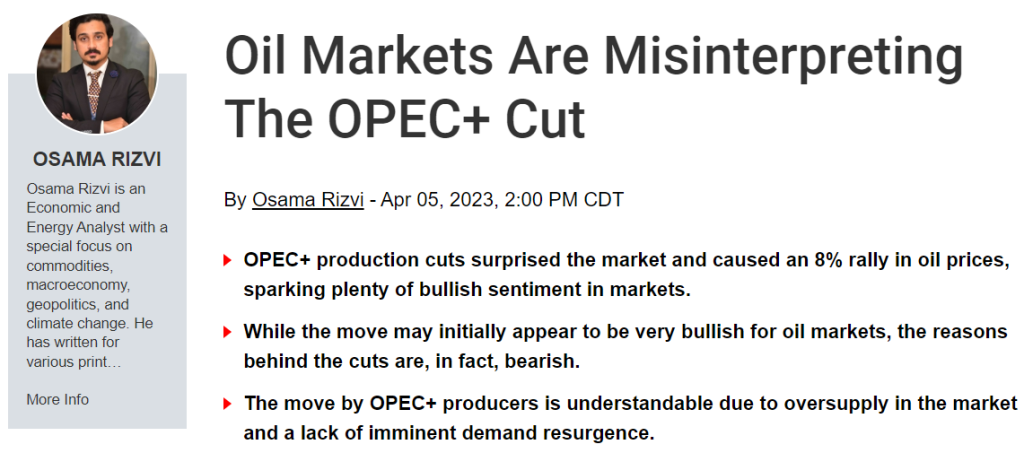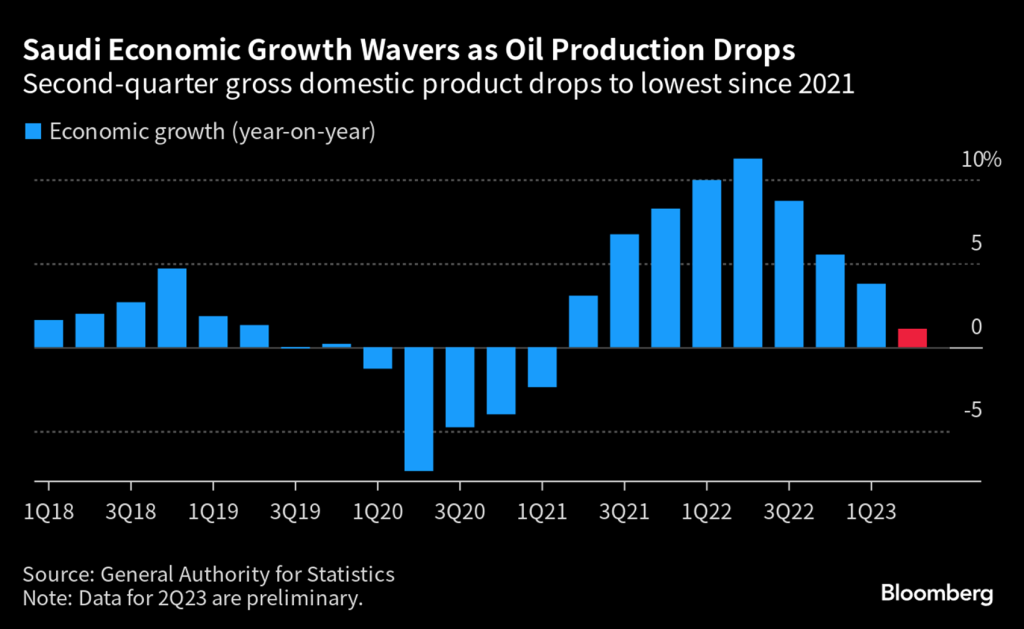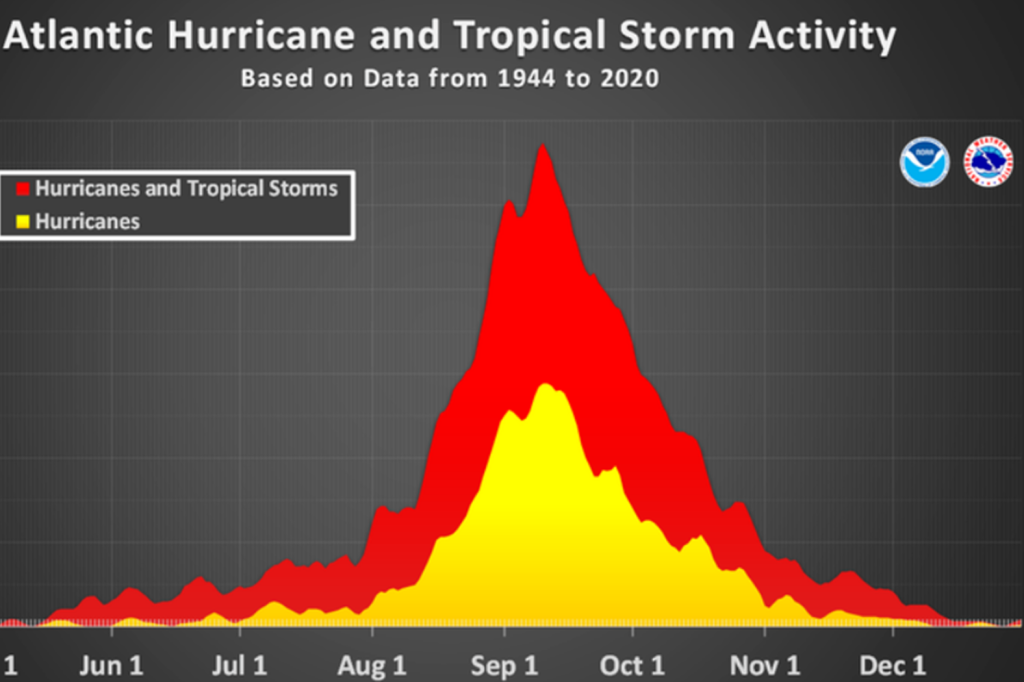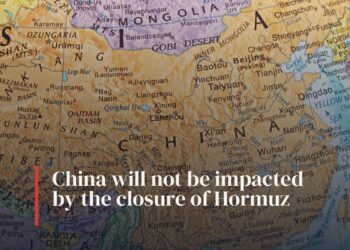There are two key narratives resounding in the world of global markets and economy. One pertains to the overall confusion regarding whether the global economy – or big economies – will enter a recession or not. Many have started to believe that a soft-landing scenario is becoming more plausible and that the U.S., especially, might not enter a recession at all. The second narrative is an extension of this where oil prices are now being expected to touch $100 and this is going to be the topic under discussion in this article. I have already written, on ad nauseam basis, about the state of the global economy and my stance remains bearish as many economies are already and (officially) in recession while many others are on their way.
It is very important to understand the reason behind any price movement. The recent rally in oil prices, where prices have gained for straight 6th week, is not due to an improving global economy or uptick in oil demand. The key reason to which this rally can be traced back is the continued pledges by OPEC+ to curtail production levels. That reason is not bullish in its nature rather highly bearish. I explained it in another article for Oilprice when OPEC+ cut production for the first time this year – ‘surprising many’.

The reason for OPEC+ curtailing production is because of the global economy losing stream. Eurozone manufacturing activity is down with its PMI hitting a 38-month low. China’s stimulus efforts are not working as well. US manufacturers are facing issues with business activity registering continued slowdown.

The urge for Saudi Arabia, the de facto leader of OPEC, to increase oil prices can be understood in the light of the following information.
Saudi Arabia, the largest crude oil exporter, is facing a significant budget deficit increase of 80% in the second quarter of 2023 due to lower oil revenues and higher expenditures on diversification away from oil. The country’s deficit reached $1.4 billion (5.3 billion Saudi riyals) during this period, with a notable rise in spending on social benefits and capital projects.

Although non-oil revenues saw substantial growth, oil revenues only slightly increased by 0.6% compared to the first quarter and experienced a significant decline of 28% compared to the same period in 2022. The International Monetary Fund (IMF) previously stated that Saudi Arabia required oil prices at $80.90 per barrel to achieve budget balance in 2023.

Saudi Arabia’s economy is expected to slow down considerably this year due to the oil production cuts implemented to stabilize the market. The IMF has lowered the country’s economic growth forecast for 2023, making it one of the worst performers among G20 economies. The decline in oil exports and prices is already impacting the country’s budget revenues, as oil revenues accounted for around 80% of total export revenues.
Russia also wants higher oil prices have also fallen 36 percent YoY basis.

Albeit the following estimates are very extreme and Russian economy has been quite resilient – it still shows the problems that they might face this year and moving forwards.

If we look at fundamentals, then a case for a sustainable oil price rally cannot be made. However, speculation can make insane things sane and that is what is happening recently.
One thing that might be able to drive up the rally further is the Hurricane season which is expected to intensify between mid September to October.

According to meteorologists at Colorado State University (CSU), the upcoming hurricane season is expected to be more active than the average observed between 1991 and 2020. They predict a total of 18 named tropical storms and hurricanes, surpassing the average of 14.4. Out of these storms, nine are expected to intensify into hurricanes, with four of them potentially becoming major hurricanes—exceeding the average of 3.2 major hurricanes.
The peak of the hurricane season is forecasted to be on September 10, with the majority of hurricane activity occurring between mid-August and mid-October, as stated by the National Oceanic and Atmospheric Administration (NOAA). The Atlantic hurricane season extends until November 30.
I will talk about this more in my Monday Macro View tomorrow – stay tuned.












